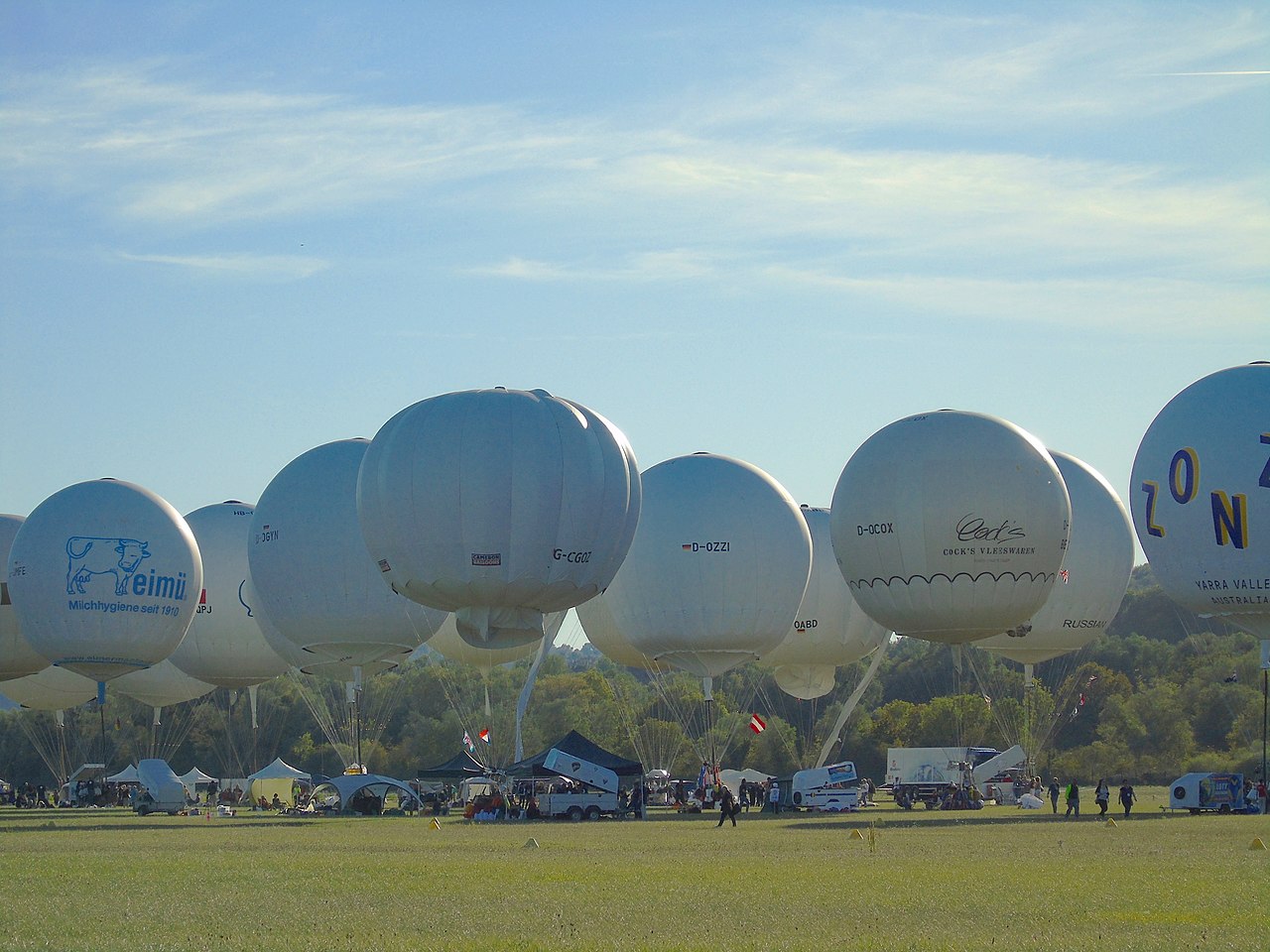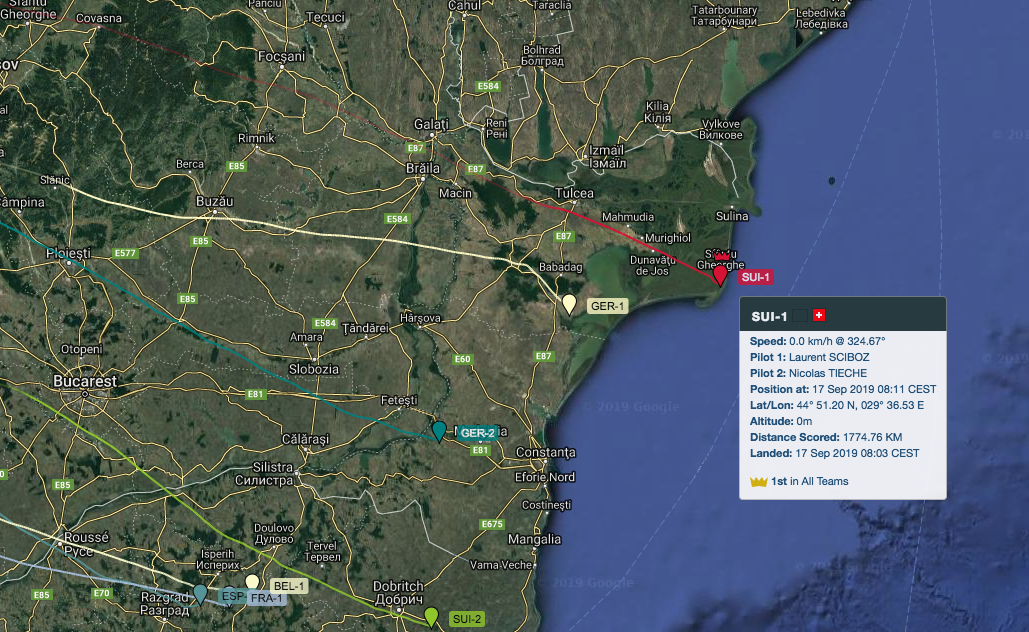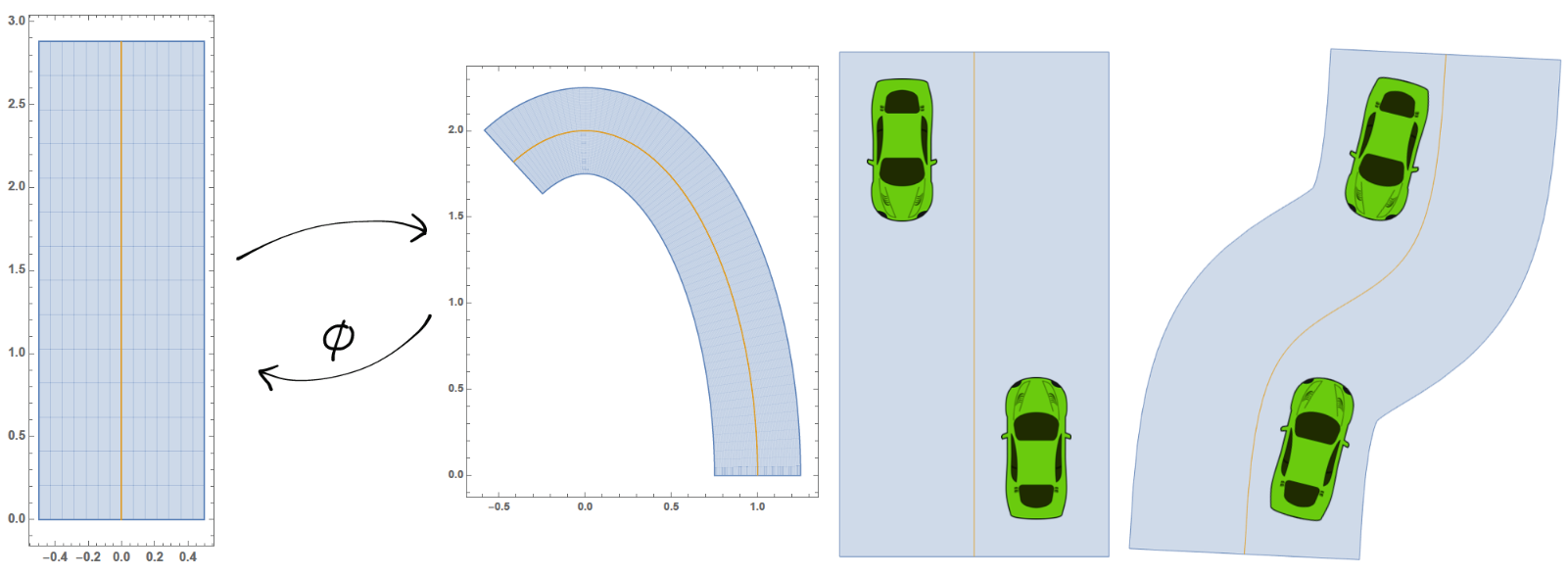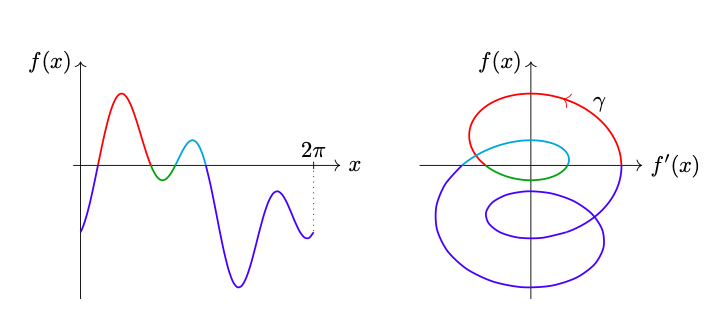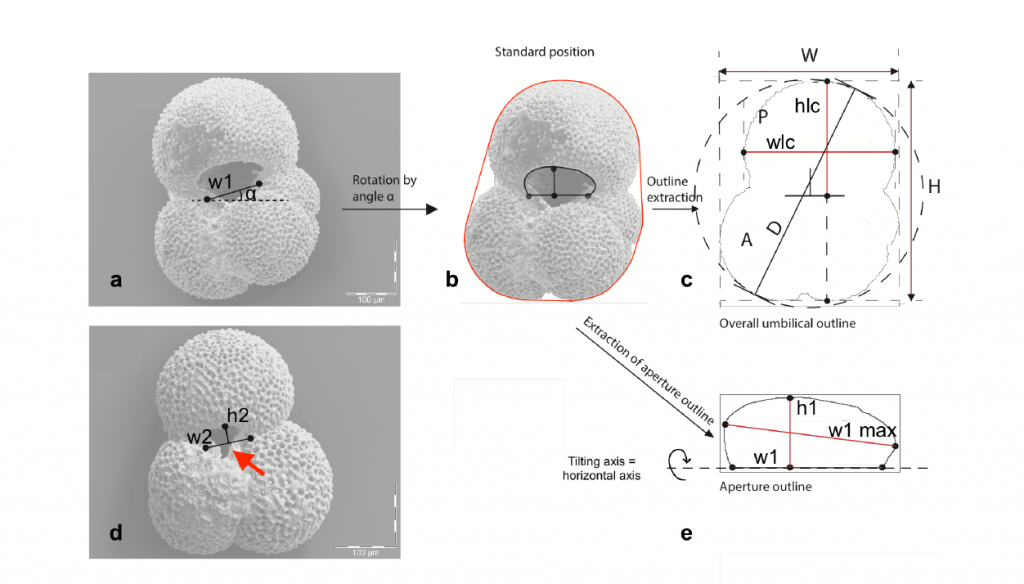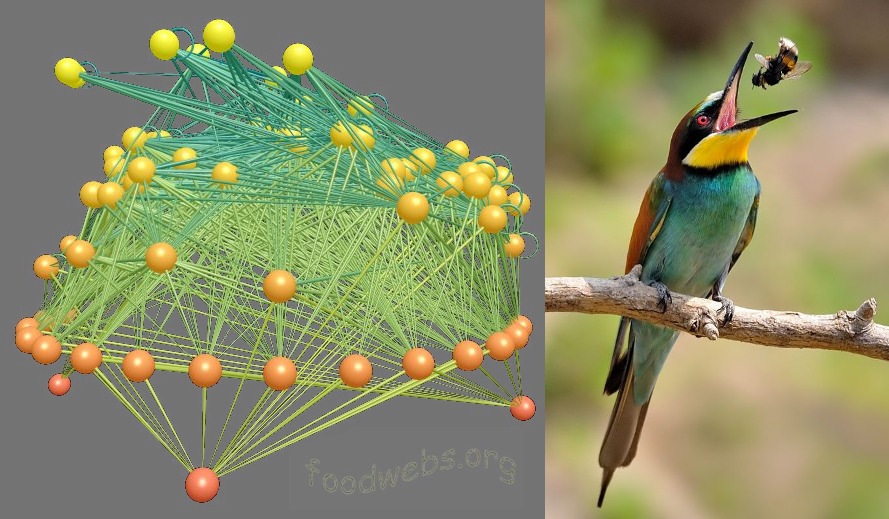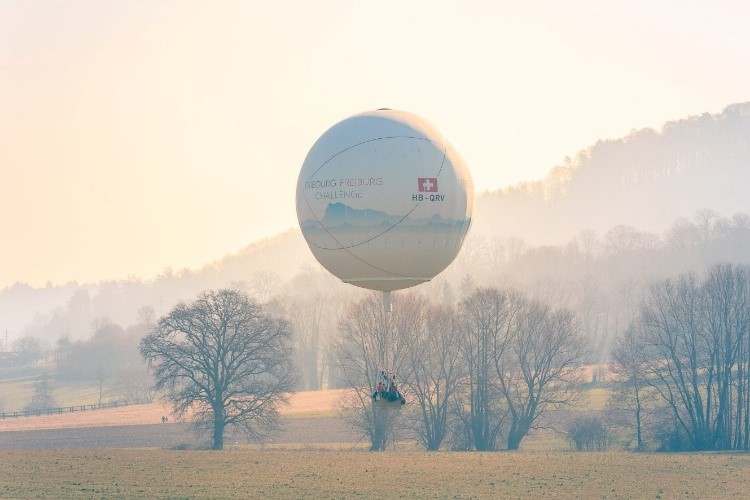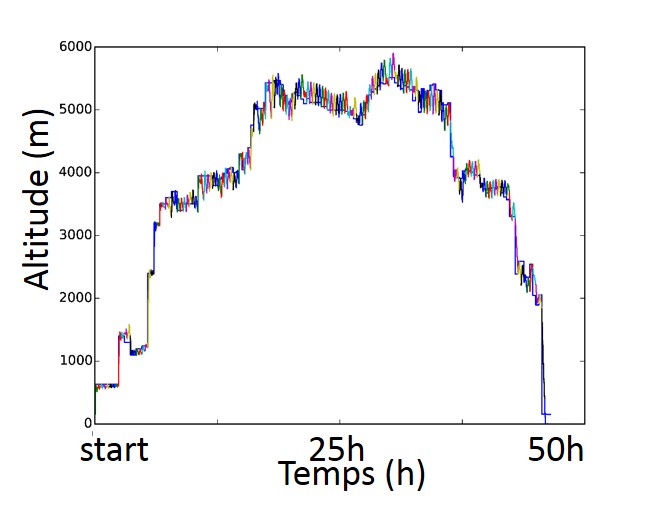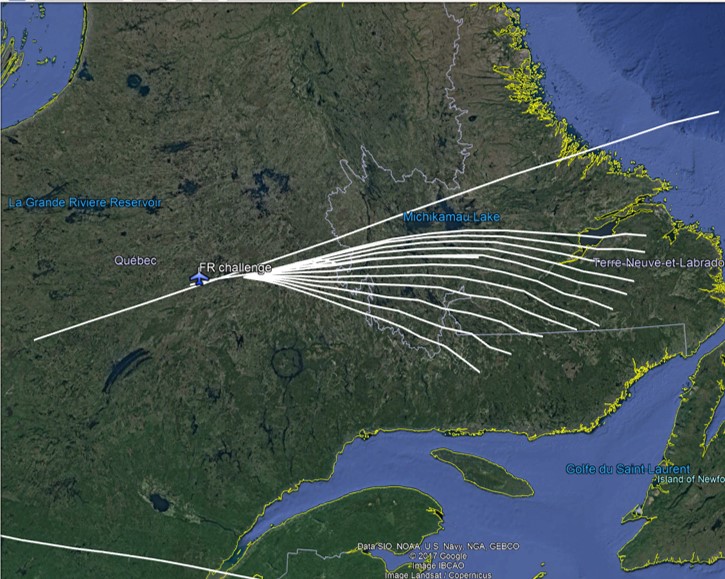Les oiseaux nichant en Suisse occupent des milieux multifonctionnels ce qui affectent négativement leur succès de reproduction. Dans les champs, l’intensification de l’agriculture avec des fauches précoces et répétées ne laisse plus assez de temps pour élever les jeunes oisillons. Dans les forêts, la demande en bois indigène et énergie diminue l’offre en vieux arbres avec des cavités. Les professionnels concernés sont souvent sensibles à cette perte de la biodiversité mais ils n’ont ni le temps, ni les moyens pour détecter ces oiseaux. Quand une espèce rare est localisée suffisamment tôt, il est souvent possible, par une mesure ciblée de conservation, de préserver l’habitat pour permettre une nidification. Actuellement, les ornithologues ne peuvent pas alerter les acteurs professionnels avec efficience à cause d’observations bien trop éparses, incomplètes et parfois trop tardives.
Dans le cadre de cette protection ciblée nid par nid, les milieux professionnels sont très sensibles au succès de la nidification et, un échec des oiseaux est souvent perçu comme décourageant au point de ne plus vouloir répéter l’expérience dans le futur. Il est donc fondamental de fournir des informations détaillées sur les oiseaux. Avec des ressources nécessairement limitées, ce constat appelle à une méthode adaptée et efficace pour détecter et suivre les oiseaux puis pour informer régulièrement les non-ornithologues (autorités compétentes et milieux professionnels). Il s’agit ainsi de favoriser un modèle participatif à la protection de la nature.
Une nouvelle méthode a été testée et développée depuis plus de 8 années : la surveillance acoustique autonome. Des appareils dédiés sont placés sur le terrain pour écouter puis signaler par communication sans fils la présence d’oiseaux rares. Ils peuvent aussi être configurés pour localiser par triangulation les oiseaux chanteurs et délimiter ainsi leur territoire. Cette méthode permet d’obtenir des observations denses et répétées journalièrement des zones favorables à une espèce. On parle alors d’une haute pression d’observation, favorable à des mesures ciblées de conservation.
L’objectif de ce projet est de concevoir les outils nécessaires au déploiement de larges réseaux de surveillance autonomes pour la protection des oiseaux.
Ces réseaux doivent répondre à un critère de couverture (acoustique) maximale avec un nombre minimal d’appareils placés aux bons endroits selon la topographie. Ce projet doit permettre le développement des méthodes de calcul nécessaires pour configurer un réseau. Cet outil doit garantir la détection des oiseaux sur un territoire donné mais il permet aussi d’économiser de l’argent en utilisant moins d’appareils.
Le deuxième outil vise à mettre rapidement à disposition des professionnels concernés des informations sur les oiseaux chanteurs. Ces informations pourront alors être intégrées en temps réel dans les processus d’exploitations des ressources naturelles (herbe, bois).
Ces réseaux de surveillance autonome s’inscrivent dans une stratégie globale de développement durable et multifonctionnel.
